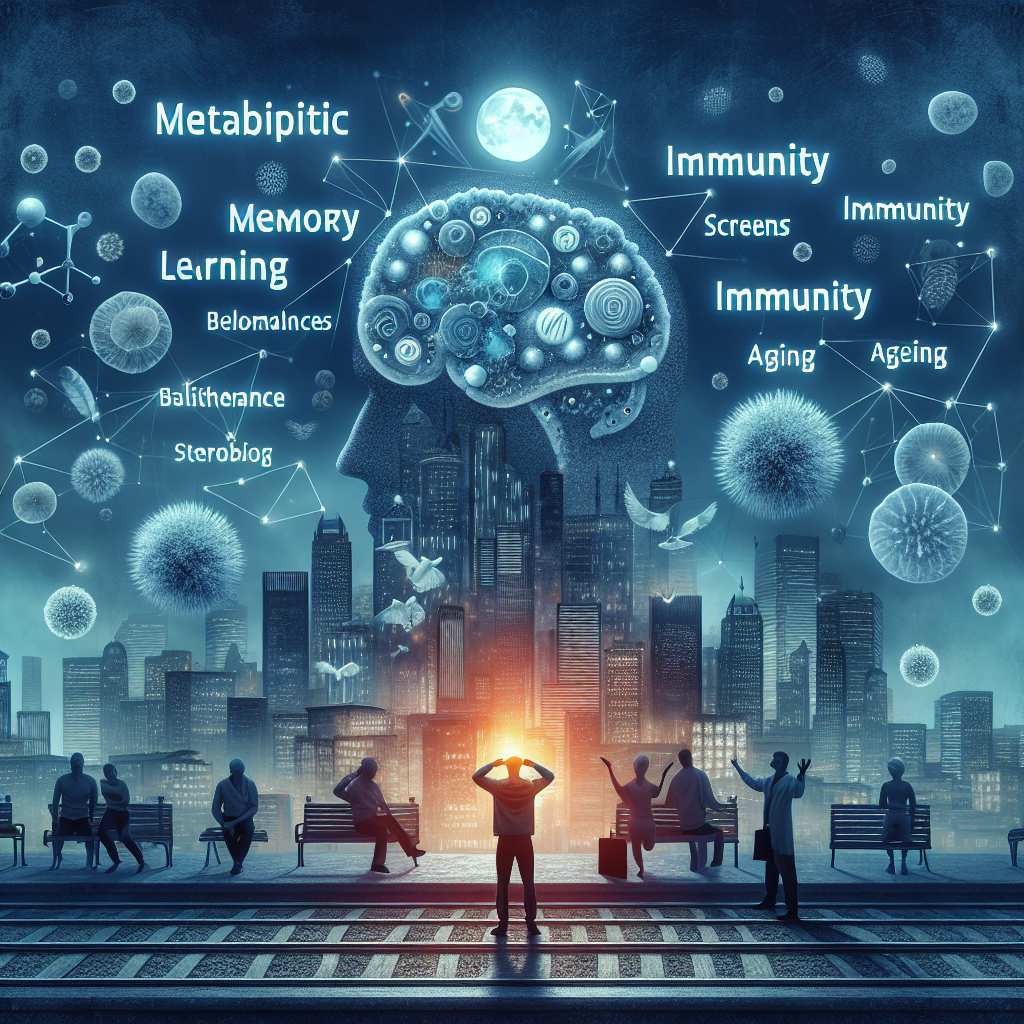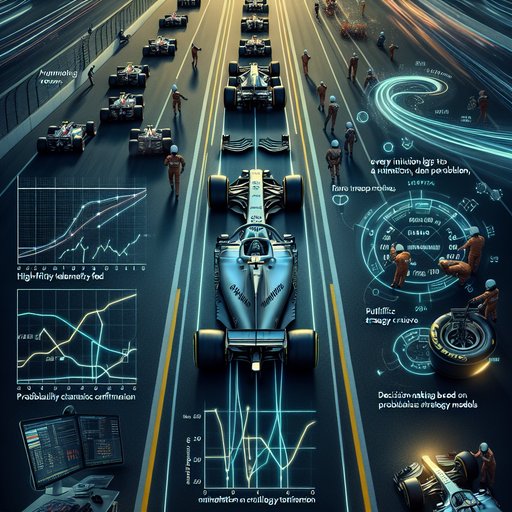
The promise of quantum technologies isn’t just faster computing; it’s a new way of asking questions and a new way of trusting answers. In labs chilled to near absolute zero and in fiber ducts beneath familiar streets, researchers are building machines that leverage uncertainty and correlation as resources rather than nuisances. The result is a future in which a molecule’s properties are mapped before it is synthesized, a network refuses to be silently tapped, and optimization problems yield to strategies that learn as they go. The people shaping that future aren’t waiting for a singular breakthrough. They are learning to choreograph fragile quantum states with microwaves and light, one calibration at a time, knowing that the first real impacts may arrive not with a bang but as quietly reliable infrastructure.

Among the most intriguing multi-star planetary systems known is Kepler-47, where multiple planets orbit a pair of stars. First revealed by NASA’s Kepler mission in 2012 and expanded with a third planet in 2019, the system showed that planet formation can proceed and persist in the complex environment around an eclipsing binary. By tracking the planets’ transits as the stars whirl around each other, astronomers mapped out a compact, dynamically stable architecture that challenges simple models of how and where worlds can form. Kepler-47 has become a touchstone for understanding circumbinary planets and the limits of planetary stability.

Sleep is not downtime; it is active biology that orchestrates learning, metabolic balance, immune resilience, and healthy aging. Yet modern life—late-night screens, irregular schedules, round-the-clock work, and chronic stress—pushes sleep aside, with real health costs. Research consistently links inadequate or poor-quality sleep with impaired attention, mood disturbances, higher accident risk, and increased susceptibility to illness. Understanding how sleep works and adopting practical, evidence-informed strategies can help most people improve sleep quality, while recognizing that individualized guidance from healthcare professionals is essential when problems persist.

Formula 1’s transformation from intuition-led pit walls to analytics-driven decision centers is one of modern sport’s defining shifts. Live telemetry, high-fidelity tire monitoring, and probabilistic strategy models have turned every lap into a rolling optimization problem, where milliseconds and megabytes carry equal weight. The result is not just better-informed choices, but a new rhythm to races themselves—stint lengths flex to real-time degradation curves, pit windows open and close with traffic forecasts, and rain calls hinge on model confidence rather than gut feel. This evolution did not happen overnight; it grew from early data loggers into a tightly integrated ecosystem of sensors, software, and specialists that now shapes almost every move on track.



































































